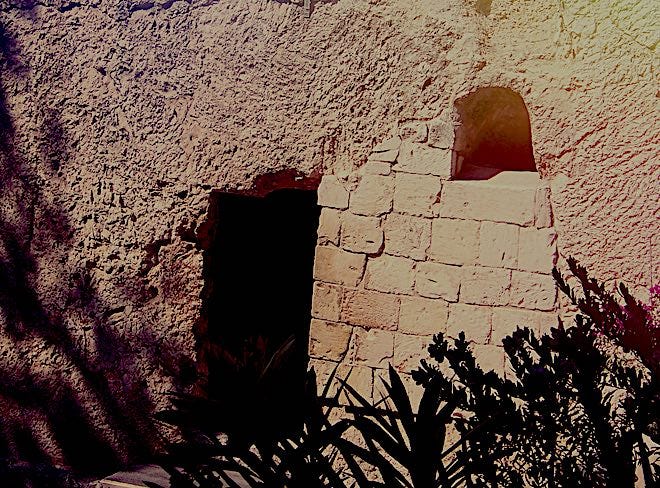Why do we say Jesus was in the tomb for 3 days if He died on Friday and was resurrected on Sunday?
It is important to clarify the understanding of the three days in the context of Jesus' crucifixion and resurrection, emphasizing that it is about distinct days rather than a strict 72-hour period.
To answer this question we need to think like the authors of the first-century New Testament writers and consider the cultural and linguistic context which emphasizes the significance of Jesus' resting in the tomb on the Sabbath and rising on Sunday. The modern understanding He was in the tomb only one full day: Saturday, the Sabbath. They didn’t divide days at midnight like we do, but at sundown.
Through our Western lens, we think the Bible means three literal days and nights in the tomb, but in the first-century Jewish mind part of a day counted as a whole day. Therefore, because Jesus was buried on Friday evening and rose on Sunday morning, He was in the tomb “three days and nights” according to Jewish thinking. “For just as Jonah was three days and three nights in the belly of the great fish, so will the Son of Man be three days and three nights in the heart of the earth” (Matthew 12:40, ESV).
“Three days” was not necessarily 72 hours: The phrase "three days" does not necessarily mean precisely 72 hours. In the context of Jesus' death and resurrection, it refers to three distinct days as delineated by sundowns and sunsets. In first-century Jewish culture, the day began at sunset, not sunrise or midnight. Thus, the timing is based on days, not hours.
The Great Three Days (Triduum): Christians celebrate the saving events of Jesus Christ during the Great Three Days, also known as Triduum in Latin.
In the Anglican, Lutheran, Methodist, Moravian and Reformed traditions, the Paschal Triduum straddles the two liturgical seasons of Lent and Easter in the Church calendar (Holy Saturday is the last day of Lent, with the Easter Vigil being the first liturgy of Eastertide).
The gospels indicate that Jesus rose from the dead early on the first day of the week (Sunday). The sequence of events during Holy Week is as follows:
Thursday evening: Last Supper and Great Commandment.
Friday morning: Jesus is executed, removed from the cross, and buried.
Friday sundown: Second day begins (Eve of Sabbath/Saturday).
Saturday (sunrise to sunset): Jesus lies in the tomb.
Saturday sundown: Third day begins (Eve of Sunday).
Sunday morning: Third day continues, and Jesus is raised from the dead.
Therefore, this way of reckoning time during Holy Week has been consistent in Christian practice, both in the East and the West, since at least the third century A.D.




